Tamanu Oil For Skin Care: 9 Key Benefits And How To Use It
Unlock glowing and healthy skin with the goodness of nutrition-rich tamanu oil

Image: ShutterStock
Natives of French Polynesia and Southeast Asia have been using tamanu oil for skin issues for centuries. Though it has been an obscure ingredient till now, it is slowly making its way to the global scene for its skin benefits. Scroll down to learn everything you need to know about tamanu oil for skin care. Keep reading!
In This Article
What Is Tamanu Oil?
Tamanu oil is a thick, green oil that bears a distinct nutty and earthy smell. It is extracted from the tamanu nut kernels of the Calophyllum inophyllum tree. These tamanu nut-bearing trees are evergreen tropical trees native to Asia, Africa, Polynesia, and the Pacific Islands. They find generic use as alternative medicine in local folklore.
Locals believe that tamanu oil can bless the user with a host of health benefits. It is thought to improve skin quality, suppress cancerous growth, and treat vaginitis. Some reports even state that tamanu oil plays a vital role in reducing the symptoms of those with HIV (1).
 Trivia
TriviaThe scientific community is yet to verify and study many of the claims. That said, tamanu oil is making waves in the beauty industry with appearances in skincare products. Is the oil good for the skin? Let us understand.
Key Takeaways
- Tamanu nut seed oil, native to South-East Asia and Polynesia, is gaining popularity for its skincare benefits.
- It is known to help heal wounds, reduce the appearance of scars, stretch marks, and wrinkles, while nourishing and moisturizing your skin.
- People prone to nut allergies and frequent acne breakouts should avoid using tamanu oil.

Is Tamanu Oil Good For Skin?
The primary uses of tamanu oil revolve around skincare. It does possess certain properties that could be beneficial for the skin. Following is an overview of these research-backed properties.
1. Antimicrobial Properties
Scientific studies indicate that tamanu oil may have antimicrobial properties, especially against skin pathogens (2). This antimicrobial activity includes antibacterial (attributed to its neo flavonoids) and anti-fungal effects that are at par with antibiotics. The oil delivers positive results against a broad spectrum of bacteria and fungus. It also may help repair damaged skin (3).
2. Anti-Inflammatory Properties
Some studies show that tamanu oil may help heal wounds (4). Its anti-inflammatory properties could potentially be at play.
3. Antioxidant And Anti-UV Qualities
The xanthones and coumarins in tamanu oil are powerful antioxidant compounds that help reduce the production of reactive oxygen species in the skin cells (5). Additionally, it is also one of the few oils that may absorb the harmful UV rays of the sun.
4. Wound Healing Properties
Studies could show wound healing properties of tamanu oil on keratinocyte and fibroblast cells (6). Researchers discovered that tamanu oil extracts accelerated wound healing by nearly 14 hours in comparison to vitamin C treatment (2).
These are the properties responsible for the skin benefits of tamanu oil. In the following section, we will further explore these benefits.
Reported Benefits Of Tamanu Oil For Skin
1. Can Help Heal Wounds
Tamanu oil is celebrated for its wound-healing properties (4). As stated earlier, the polyphenols, calophyllolides, and inophyllum in the oil promote skin health. Research indicates that tamanu oil can successfully stimulate collagen production and skin cell proliferation, helping with wound-healing (2). You can apply tamanu oil to cuts, blisters, and scrapes.
2. May Help In Minor Cases Of Acne And Acne Scars
Tamanu oil contains bioactive compounds like calophyllolide, calophyllic acid, and lactone that eliminate all forms of bacteria. They also help fight acne-causing strains like Propionibacterium acnes (P. acnes) and Propionibacterium granulosum (P. granulosum) (4). The anti-inflammatory effects of tamanu oil may also treat inflamed acne.
Using tamanu oil for acne helps overcome side effects like peeling, drying, skin barrier damage, or photosensitivity that come with chemical-based treatments. Additionally, the wound-healing properties of the oil may also increase skin cell turnover and potentially help fade the acne scars. The antioxidants in tamanu oil may also help fade acne scars
Use a cream or a serum enriched with the goodness of tamanu oil to reduce acne scars.
3. May Help Reduce Stretch Marks
Anecdotal evidence suggests that tamanu oil may also help reduce stretch marks. You can apply the oil directly to your skin. Alternatively, you can invest in a cream that contains tamanu oil and is specially formulated for fading stretch marks.
4. May Reduce Skin Blemishes
Anecdotal evidence suggests that tamanu oil may help with skin lightening. It also may even out one’s skin tone. Its skin regenerative properties and high skin cell turnover rate could play a role in delivering this effect. However, there is no concrete scientific research to back these claims.
Use a dermatologically-tested cream containing the goodness of tamanu oil for potentially treating skin blemishes.
5. May Reduce The Signs Of Premature Aging
The fatty acids in tamanu oil may help reduce the signs of premature aging by promoting collagen production, which in turn, will enhance skin elasticity. Its anti-inflammatory properties may diminish fine lines and wrinkles. However, there are currently no studies that support this claim. More research is warranted in this regard. Regular application may contribute to a smooth texture. Ensure you consult a dermatologist before using the oil.
The antioxidants in the oil neutralize any free radicals that may otherwise accelerate skin aging. The oil may also protect the skin from the damaging effects of the UV rays, which are primarily responsible for rapid aging. However, more research is warranted to further understand the anti-aging properties of tamanu oil.
You may start by applying a tamanu oil-based serum to achieve the desired results.
6. May Treat Fungal Infections
Tamanu oil may have certain anti-fungal properties (7). Although not studied extensively by scientists, this oil may help heal certain fungal infections. Its antifungal properties may help combat fungal infections such as athlete’s foot (2). Plus, the oil’s anti-inflammatory nature may help alleviate symptoms like itching and redness. While there are studies backing the oil’s antifungal and anti-inflammatory properties, there is currently no scientific evidence that specifically studies the effects of tamanu oil on athlete’s foot.
7. May Heal Dry Skin
The oleic and linoleic acids in the oil deeply nourish your skin and moisturize it (2). While more research is warranted, anecdotal evidence suggests that tamanu oil may help treat dry skin.
You can use diluted tamanu oil as a facial oil and also apply it to your skin before bed.
8. May Help With Eczema And Psoriasis Treatment
- As discussed, tamanu oil has antimicrobial and anti-inflammatory properties. It may help ease the symptoms of eczema and psoriasis, though we need further substantiation from studies. The oil may also soothe any irritation associated with these skin conditions.
As per a cross-sectional study that covered 2.1 million patients who attended 494 general practices in the MedicineInsight program between January 1, 2017 and December 31, 2018, atopic dermatitis or eczema had a lifetime prevalence of 16.4%. It was higher in females (17.3%) than males (15.3%) and at least one in five patients had a moderate-to-severe condition.
Some research suggests that diets high in linoleic acid may help reduce the risk of psoriasis (8). Tamanu oil, being rich in linoleic acid, may have a role to play here. But as research is limited, consult a physician before using the oil for this purpose.
10. May Help Heal Sunburns
It was found that sunscreens containing just 1% of tamanu oil could remarkably mitigate 85% of the damage caused by UV rays (5). The oil may protect your skin from the sun’s rays to some extent. It also may help treat sunburns. However, more research is warranted in this regard.
Let us now take a look at how to use tamanu oil.
How To Use Tamanu Oil?
If you wish to incorporate tamanu oil into your skincare regime, you must ensure that the oil is:
- 100% organic
- Cold-pressed
- Ethically sourced
- Yellow or dark green
- Thick
- Powerfully aromatic
If the tamanu oil is black, it is too old or has been oxidized. In contrast, if it is too light, then it possibly is diluted or is of inferior quality.
Following is a quick guide on how to use tamanu oil.
Requirements
- 100% organic, cold-pressed tamanu oil
- Sterilized cotton balls
- Clean washcloth
Procedure
- Clean the skin with the washcloth.
- Dip the cotton balls in tamanu oil and dab it over the area.
- Allow the skin to absorb the oil.
Alternatively, you can look for an essential oil recipe with tamanu oil that can offer the desired results. Apart from creating your own face packs and moisturizers, you can buy skin products infused with the goodness of cold-pressed tamanu oil.
 Quick Tip
Quick TipDo bear in mind that there is not enough scientific evidence to confirm the safety and effectiveness of tamanu oil for the skin. This uncertainty also extends to the dosage. You can consult a dermatologist or a cosmetologist for more information in this regard.
Tamanu Oil: Precautions And Side Effects
Here are a few precautions to follow while using tamanu oil for skin:
- Since it is moderately comedogenic, tamanu oil should not be applied if you are battling aggressive acne breakouts.
- Avoid direct contact with eyes.
- Tamanu is a nut-based oil. Hence, if you suffer from nut allergies, it would be best to steer clear of tamanu oil.
- Tamanu oil must not be applied to open wounds.
- Always conduct a patch test before using tamanu oil and discontinue its use if you experience redness, itching, irritation, or any other adverse signs.
If you experience any side effects, you may go for tamanu oil alternatives.
Tamanu Oil Alternatives
- Tea Tree Oil: Contains powerful anti-inflammatory and antibacterial properties (9).
- Argan Oil: Helps with wound-healing, reversing signs of aging, UV filtering, moisturizing, and acne treatment (10).
- Castor Oil: Possesses anti-fungal, antibacterial, and anti-inflammatory properties (11).
- Neem Oil: Is rich in fatty acids and contains potent antimicrobial properties (12).
- Sea Buckthorn Oil: Can promote wound-healing and treat eczema (13).
These oils have been studied extensively and enjoy a body of evidence to support their claims. Some of these essential oils are not meant for direct topical application and must be diluted with a carrier oil. You may check with your dermatologist for more clarification in this regard.
Tamanu oil is commonly used by the people of Southeast Asia and Polynesia to treat various skin conditions. The benefits of using tamanu oil for your skin are plenty. Their high vitamin and mineral content makes them ideal for healing wounds, protecting the skin from the sun, and may reduce acne, blemishes, and stretch marks. Make sure to buy organic tamanu oil and do a patch test before using it. If you experience adverse effects, stop its usage immediately and consult your doctor. You can also switch to a suitable alternative such as tea tree oil, argan oil, or castor oil for smooth and glowing skin.
Frequently Asked Questions
Can I mix tamanu and rosehip oil?
Yes, tamaru and rosehip oil may be used together without any adverse effects. The mixture is found in some product formulations as well.
Can I use retinol with tamanu oil?
Yes, tamanu oil is highly moisturizing and may counter any dryness one may experience from the use of retinol products. In addition, retinol and tamanu oil cabn be a good addition to a skincare regime for those with acne-prone skin.
If you are looking to improve your skin’s barrier function or looking for something that can hydrate your skin, then tamanu oil is an ingredient that is worth exploring. Watch the video for more insights and skin care tips!
References
Articles on StyleCraze are backed by verified information from peer-reviewed and academic research papers, reputed organizations, research institutions, and medical associations to ensure accuracy and relevance. Read our editorial policy to learn more.
- The inophyllums, novel inhibitors of HIV-1 reverse transcriptase isolated from the Malaysian tree, Calophyllum inophyllum Linn
https://pubmed.ncbi.nlm.nih.gov/7506311/ - Tamanu oil and skin active properties: from traditional to modern cosmetic uses
https://www.ocl-journal.org/articles/ocl/full_html/2018/05/ocl180019/ocl180019.html - The effect of Tamanu oil (Calophyllum inophyllum) on anaerobic bacteria isolated from respiratory tract
http://www.postepyfitoterapii.pl/wp-content/uploads/2014/11/pf_2011_159-163.pdf - The Wound Healing and Antibacterial Activity of Five Ethnomedical Calophyllum inophyllum Oils: An Alternative Therapeutic Strategy to Treat Infected Wounds
https://www.ncbi.nlm.nih.gov/pmc/articles/PMC4583440/ - Cytoprotective effect against UV-induced DNA damage and oxidative stress: Role of new biological UV filter
https://linkinghub.elsevier.com/retrieve/pii/S0928098706003241 - Biological Activity of Polynesian Calophyllum inophyllum Oil Extract on Human Skin Cells
https://pubmed.ncbi.nlm.nih.gov/27280931 - Application of Calophyllum inophyllum oil as antifungal fat-liquor for leather industry
https://linkinghub.elsevier.com/retrieve/pii/S0926669017302947 - Why is psoriasis uncommon in Africans? The influence of dietary factors on the expression of psoriasis
https://pubmed.ncbi.nlm.nih.gov/15117377 - Melaleuca alternifolia (Tea Tree) Oil: a Review of Antimicrobial and Other Medicinal Properties
https://www.ncbi.nlm.nih.gov/pmc/articles/PMC1360273 - Benefits of Argan Oil on Human HealthMay 46 2017, Errachidia, Morocco
https://www.ncbi.nlm.nih.gov/pmc/articles/PMC5535876 - Castor Oil: Properties, Uses, and Optimization of Processing Parameters in Commercial Production
https://www.ncbi.nlm.nih.gov/pmc/articles/PMC5015816 - Therapeutics Role of Azadirachta indica (Neem) and Their Active Constituents in Diseases Prevention and Treatment
https://www.ncbi.nlm.nih.gov/pmc/articles/PMC4791507 - Abundance of active ingredients in sea-buckthorn oil
http://link.springer.com/10.1007/s11814-011-0279-y
Read full bio of Dr. Nermeen Bedair
Read full bio of Arshiya Syeda
Read full bio of Ramona Sinha
Read full bio of Monomita Chakraborty







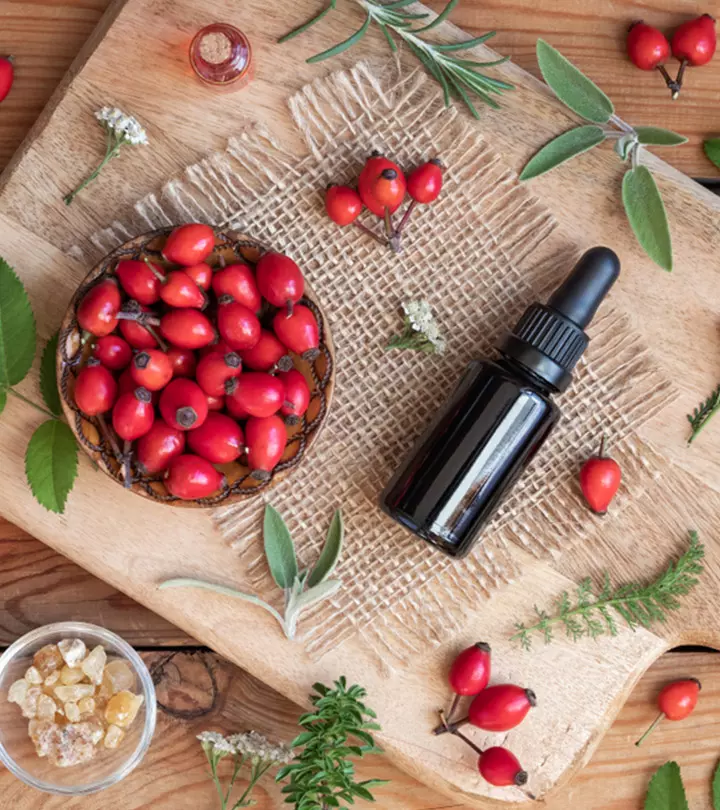
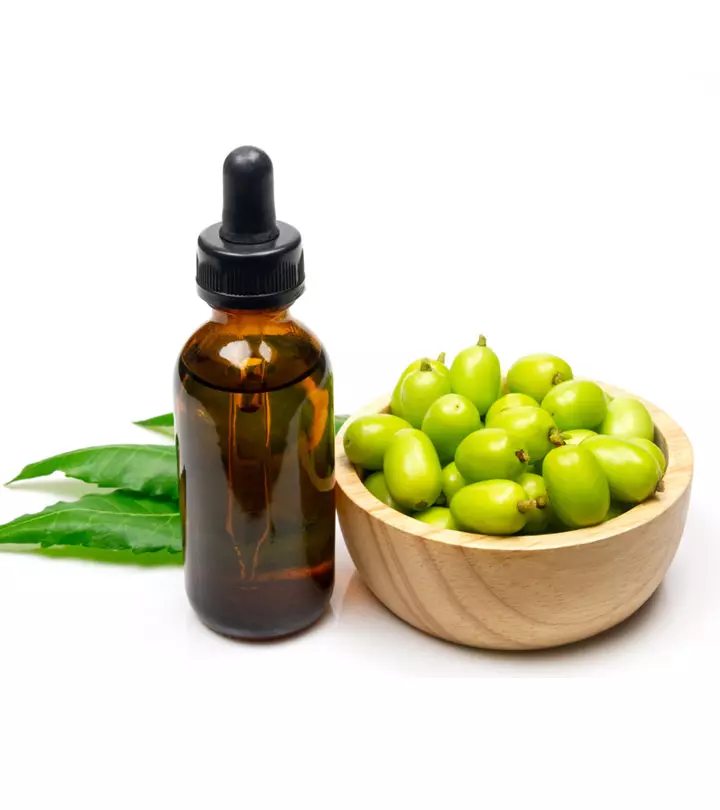
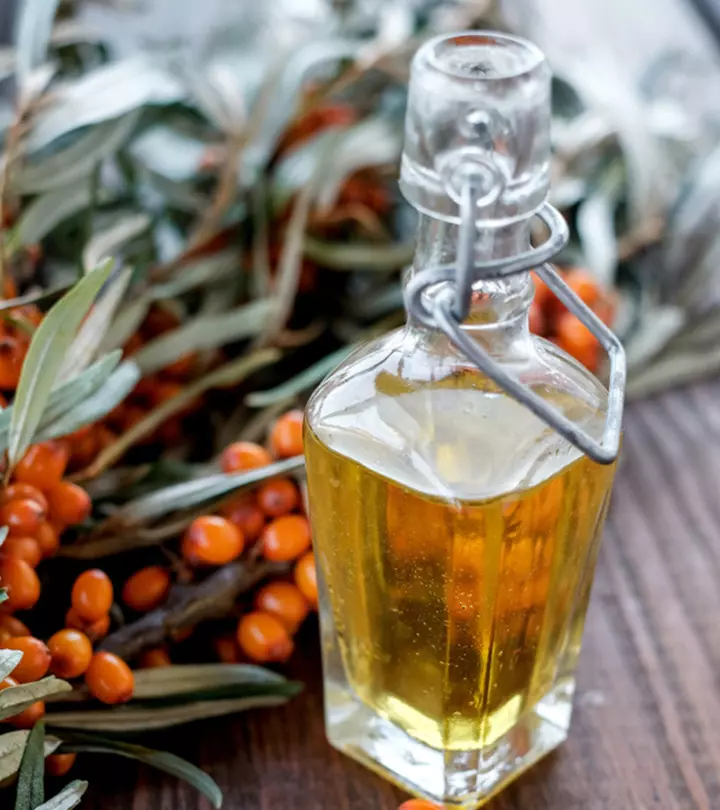

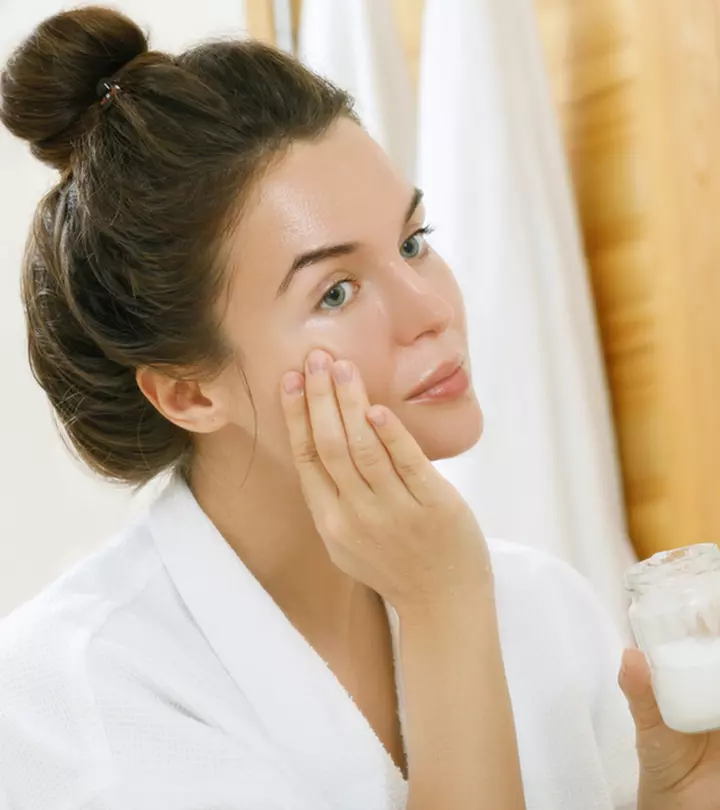



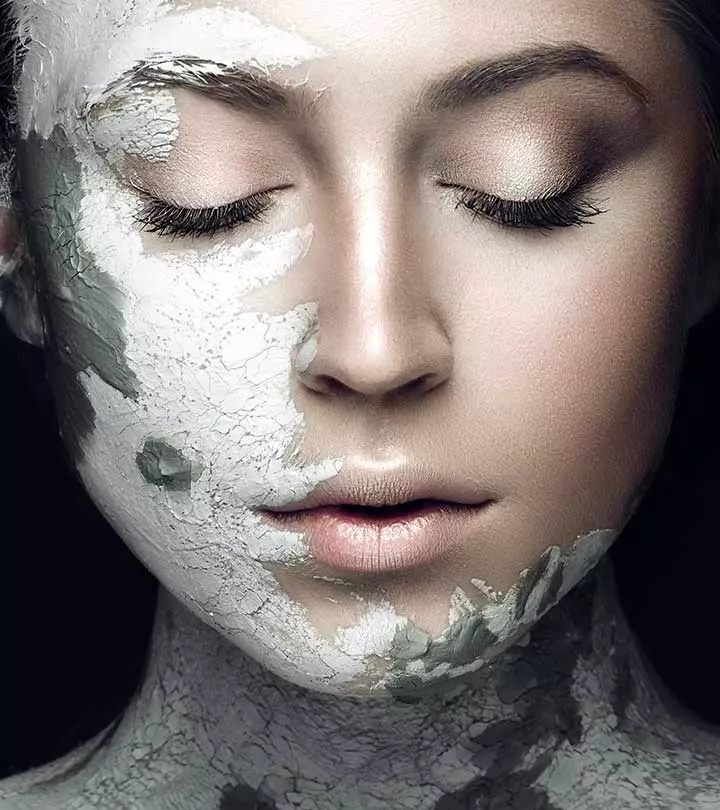

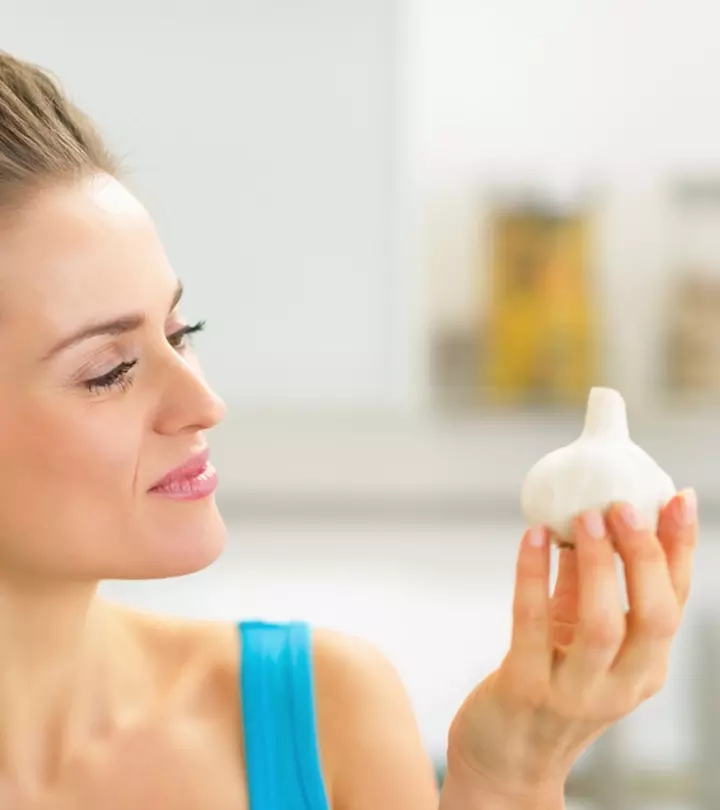
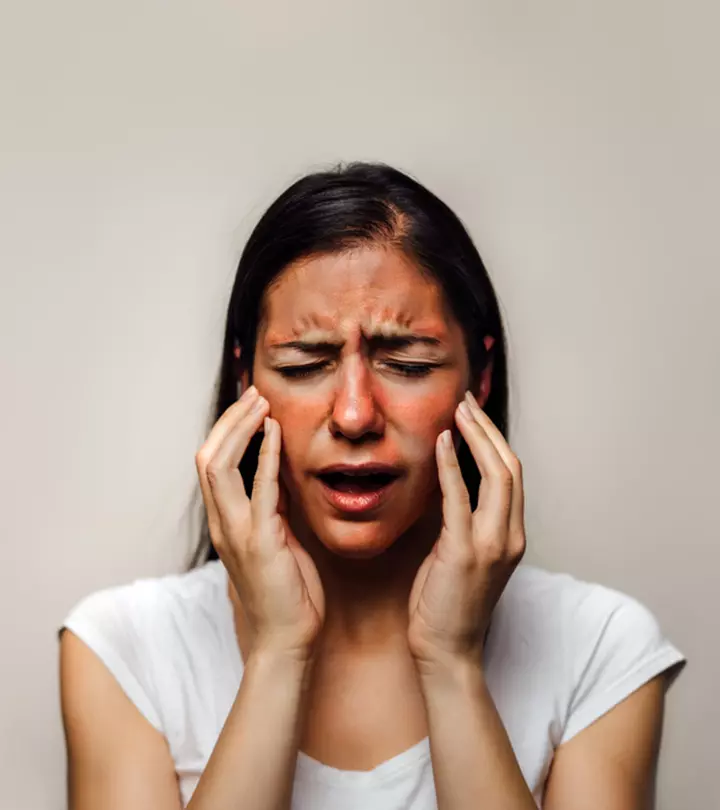


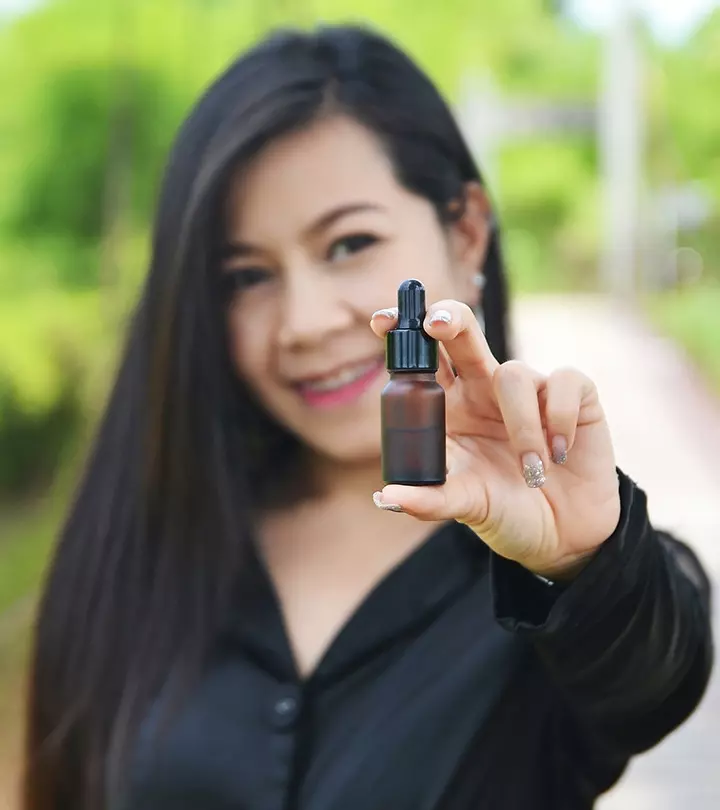

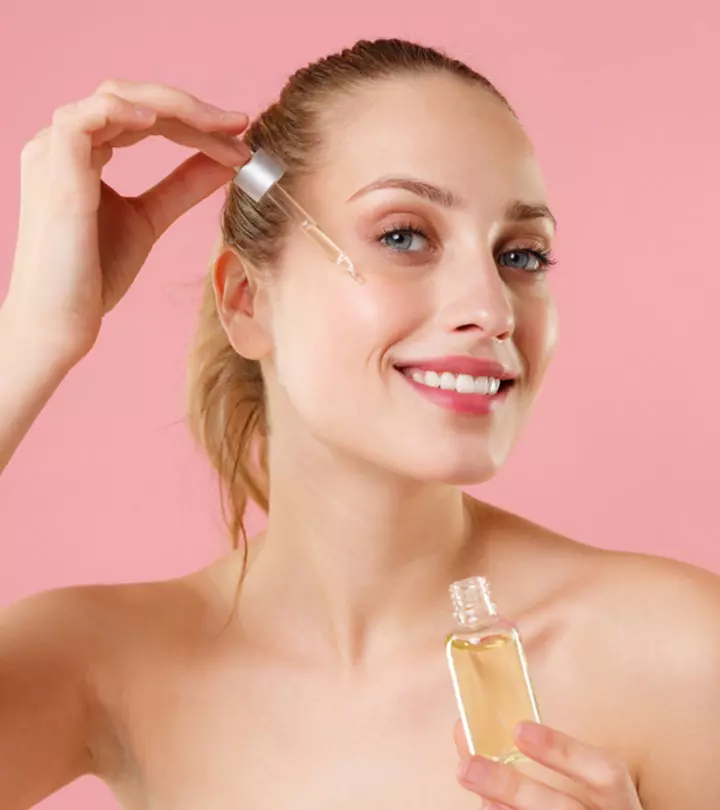


Community Experiences
Join the conversation and become a part of our empowering community! Share your stories, experiences, and insights to connect with other beauty, lifestyle, and health enthusiasts.